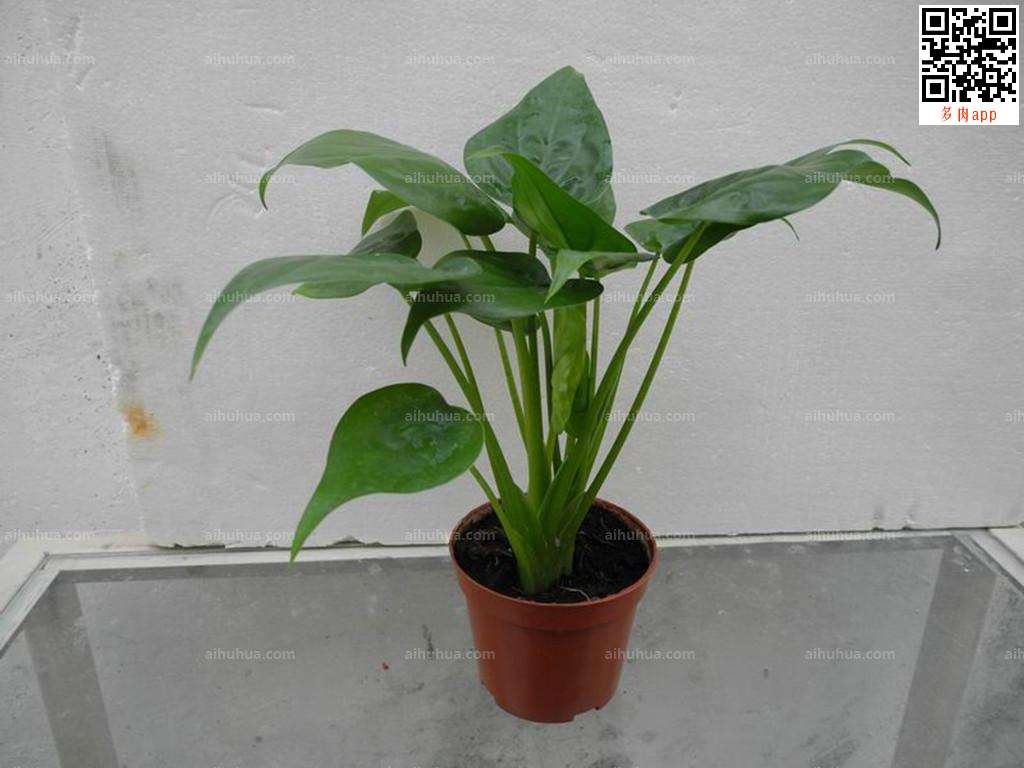How does Yingshanhong reproduce?
Yingshanhong is a kind of flower with high ornamental value, and it was originally a kind of wild flower in our country. However, because of its value and specific efficacy, it has gradually begun to be planted artificially. After entering spring, it is also a good season for Yingshanhong to raise seedlings and breed, so how should we breed when we plant Yingshanhong? The following editor brings you the breeding method of Yingshanhong, let's have a look!

1. Cuttage propagation
Cutting propagation is the most commonly used propagation method of Yingshanhong, we should choose the cutting time reasonably according to the planting variety. Then we have to choose the branches that are not completely lignified or just lignified for a long time. After cutting it, cut off the leaves at the base of the cuttings, keep about 4 top leaves, and put them in water to prepare for cutting. Then use humus-rich soil around the cutting substrate to keep the cutting mouth smooth and insert it around. After cutting, the cuttings should be watered thoroughly and covered with plastic film to improve the moisturizing capacity of the soil and promote the rooting of cuttings.
2. Striping propagation
The crimping propagation of Yingshanhong is mainly high-altitude striping, which is generally carried out before and after Ching Ming Festival. First of all, we should choose the sturdy, pest-free branches that are about two years old. Then peel the branches around the upper 11 cm, peel off the sieve tube, prevent nutrients from continuing to transport downward, and concentrate on the ring to promote root bud germination. Then wrap the wet soil in a plastic bag or film, wrap it around the ring and fasten the ends of the bag. Then put it in a place where there is no direct sunlight for management, to keep the soil in the bag moist, to promote wound healing and rooting. In about 3 months, after the root grows to about 3 cm, the mother plant can be separated and a separate plant can be formed.
3. Grafting propagation
Grafting propagation is generally carried out around May every year, and the two-year-old Yingshanhong plant is selected as the rootstock, and the thickness of the rootstock is not much different from that of the scion. Then cut off the tender shoots of about 4 cm on the mother plant, retain about 4 top leaves, and then cut the base of the tender shoots into wedges. Then cut it short when the new shoot of the rootstock grows to about 3 cm, remove the leaves, cut it longitudinally by about 1 cm, and then connect it to the scion to ensure that the cortex is right to it. Wrap the joint with a grafting film, wrap it in a plastic bag for moisturizing, and put it in a shaded place. After about a week or so, it is found that there are water droplets in the bag and there is a high probability of survival. Remove the plastic bag after 60 days and untie the rope in the spring of the following year.
4. Sowing and reproduction
When the seed color of Yingshanhong gradually turns brown, the top of the fruit is cracked, and the seed falls out, it should be harvested in time. And those that are not cracked can not be retained, put them in a cool and ventilated place for storage to promote cracking. Remove impurities from the seed after picking up the seed. Then sow around March every year, disinfect the soil, and mix the fine soil properly when sowing to improve the germination rate of seeds. When sowing, we should pay attention to the sowing density, cover a layer of fine soil after sowing, do a good job of management, and improve the germination rate of seeds.
The above is a brief introduction of how to reproduce Yingshanhong. There are many breeding methods of Yingshanhong. However, different planting directions have different propagation methods, such as sowing in potted plants and cutting in large-scale planting. That's all for today's introduction. This article is for reference only. Thank you for your reading and support.
- Prev

Prevention and treatment of Guanyin sunburn in dripping water
It happens everywhere, and the leaves, flowers, stems and fruits of a variety of woody and herbaceous flowers can be damaged and hindered ornamental. Symptoms summer plants are exposed to strong sunlight, the leaves appear water stains and then quickly lose water and become grayish white. The longer the plant grows in the shade, the younger the tissue is, and the higher the temperature is in the sun.
- Next

Cultivation Techniques of Azalea sibirica
Cultivation Techniques of Azalea sibirica
Related
- Fuxing push coffee new agricultural production and marketing class: lack of small-scale processing plants
- Jujube rice field leisure farm deep ploughing Yilan for five years to create a space for organic food and play
- Nongyu Farm-A trial of organic papaya for brave women with advanced technology
- Four points for attention in the prevention and control of diseases and insect pests of edible fungi
- How to add nutrient solution to Edible Fungi
- Is there any good way to control edible fungus mites?
- Open Inoculation Technology of Edible Fungi
- Is there any clever way to use fertilizer for edible fungus in winter?
- What agents are used to kill the pathogens of edible fungi in the mushroom shed?
- Rapid drying of Edible Fungi

